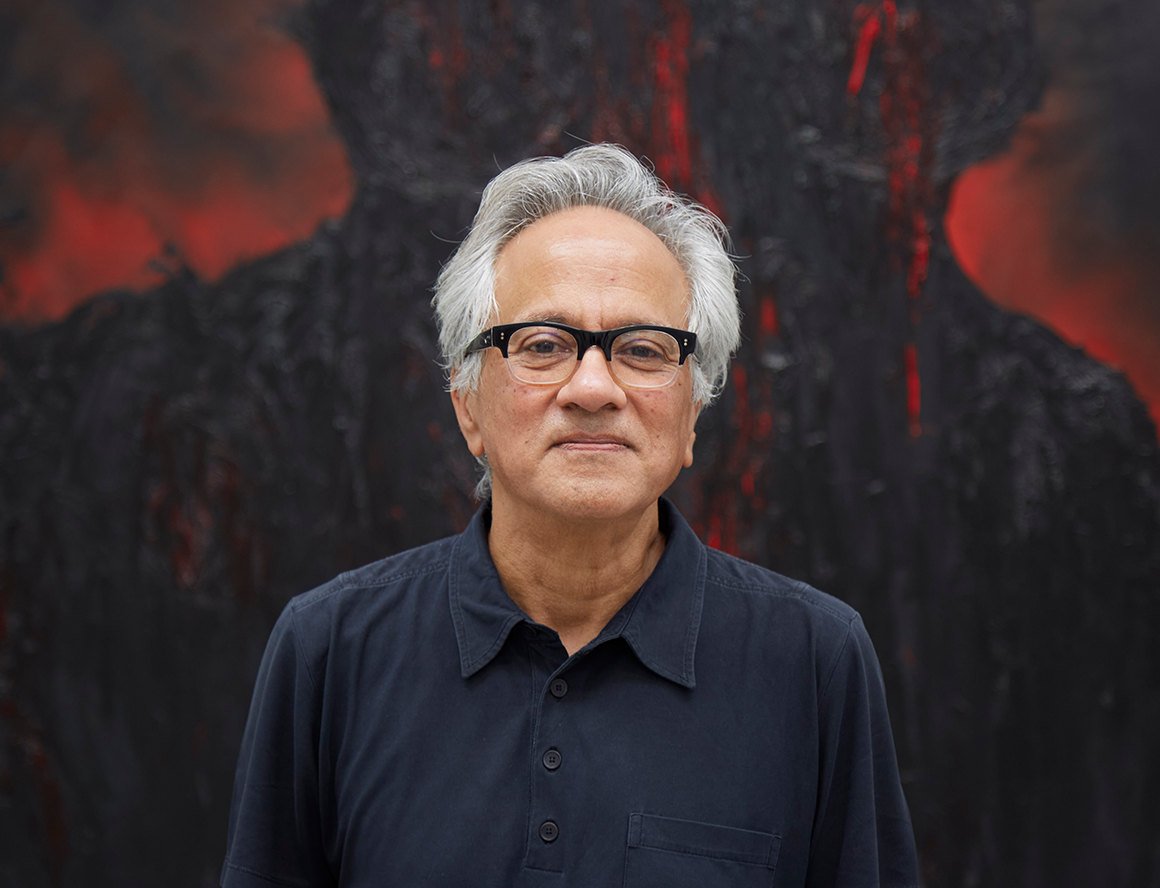Anish Kapoor Isn't Done Reflecting – The New York Times
24 October 2025
Anish Kapoor is one of the world’s most celebrated and popular artists. Over the years, he has won Britain’s Turner Prize, a knighthood and an honorary doctorate from Oxford University. In 2006, on the lakefront in Chicago, his stainless-steel “Cloud Gate,” a.k.a. The Bean, became early selfie-bait: The sculpture is like the legume of its nickname — if that were enlarged to the size of a tractor-trailer and polished to a mirror finish. Other Bean-ish sculptures have gone on to be built, for millions of dollars, in fancy spots around the world.
But right now, Kapoor, 71, is preparing to open a show that returns him to a much different era, in the late 1970s and early ’80s in London, when he was still the classic starving artist. “Anish Kapoor: Early Works” is opening Oct. 24 at the Jewish Museum in Manhattan.
The show presents the first sculptures Kapoor coated with powdered pigments, or set down among drifting piles of the stuff. They earned him a dose of art-world love. When he used the same powders to line half spheres, the critic Michael Brenson in The New York Times described the result as “the kind of magical, disconcerting sculpture that undoes vision and logic.” (The Jewish Museum will pair his early works with a few recent pieces that use Vantablack, a light-absorbing coating; Kapoor has the exclusive right to use it in works of art.)
Kapoor was born and raised in Mumbai, and since the 1970s has lived and worked in London, and lately, also in a grand palazzo in Venice.
In early September, on a video call from his studio in Venice, I spoke with Kapoor about his earliest art, and his very latest.
This conversation has been edited for length and clarity.
Blake Gopnik: At the Jewish Museum, you’re having a show of your early work. But — and I wasn’t ready for this when I started thinking about this interview — you’ve just now revealed one of the most powerful works of your career, and the most political. And that’s a guerrilla collaboration with Greenpeace that saw a giant canvas hoisted onto an oil rig and then drenched in red paint like a giant bloodstain, as though global warming was wounding the planet. Does that very latest work change how it feels to look backward, in the Jewish Museum show, to where your art started? Does it change how we should read that early work?
Anish Kapoor: No. I think art that simply comes to dictate to the viewer how it ought to be looked at is just not very good art. I’m afraid we have too much of that stuff around nowadays, and I’m a great believer in the other place, which is: How does one hold to metaphoric language?
Read the full interview with Blake Gopnik for The New York Times here.
